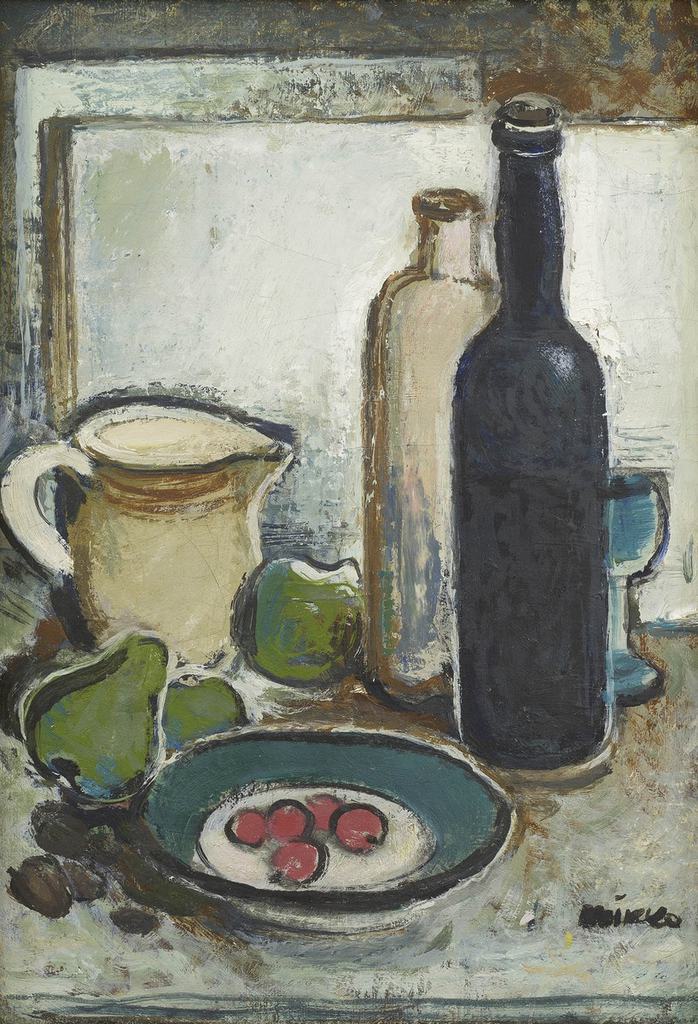
Lepo Mikko’s body of creative work from the 1940’s is relatively small in number. Small formats and the form of the study are prevalent. At the same time, Mikko’s creativity was at a good, stable level in the first half of the 1940’s (while Mikko’s creative work from the mid-1940’s to the mid-1950’s is seen as the product of a slump in his creativity). Mikko later became more interested in concepts of form, further developments in cubism, the so called harsh style, monumentalism, and semi-compulsory futuristic themes (for instance space travel), due to which the works he completed in the 1940’s can be considered to form a separate period. In 1939, he had visited an exhibition of French art (Albert Marquet, Georges Braque, Juan Gris, Picasso and others) at the Tallinn Art Hall which greatly influenced his creative works in the subsequent years. He sought muted tones and milder partitions instead of strict partitions (Eha Komissarov). Critics of that time highlight the refinement, modesty and respectability of Mikko’s taste in colour, along with the strength of his compositions.
Several views of Tartu from the first half of the 1940’s are the primary works that have stood out in the view of critics, yet still-lifes and small-scale genre pictures depicting rural life also have a place of their own. For instance, Natüürmort mandoliiniga [Still-Life with a Mandolin, 1942], Natüürmort kahvliga [Still-Life with a Fork, 1943], Natüürmort kohvilauaga [Still-Life with a Coffee Table], Natüürmort valge purgiga [Still-Life with a White Jar, both paintings from 1943], and others were also completed during the same period.